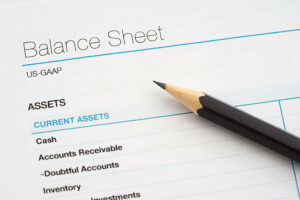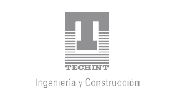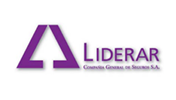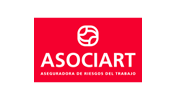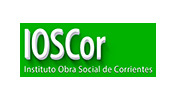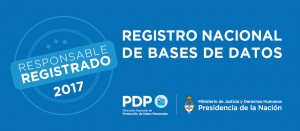Beginning period retained earnings are the previous accounting period’s retained earnings carried over to the current accounting period. Examples of these items include sales revenue, cost of goods sold, depreciation, and other operating expenses. Non-cash items such as write-downs or impairments and stock-based compensation also affect the account.
Retained earnings can typically be found on a company’s balance sheet in the shareholders’ equity section. Retained earnings are calculated through taking the beginning-period retained earnings, adding to the net income (or loss), and subtracting dividend payouts. Instead, they reallocate a portion of the RE to common stock and additional paid-in capital accounts. This allocation does not impact the overall size of the company’s balance sheet, but it does decrease the value of stocks per share. Retained Earnings are reported on the balance sheet under the shareholder’s equity section at the end of each accounting period. To calculate RE, the beginning RE balance is added to the net income or reduced by a net loss and then dividend payouts are subtracted.
- What this means for you is that dividends aren’t what you want to be looking at if you’re trying to understand the specifics of a company’s profitability.
- In this article, you’ll learn about the factors that influence dividend policy, the advantages and disadvantages of paying dividends or retaining earnings, and some best practices for making capital allocation decisions.
- The additional paid-in capital sub-account includes the value of the stock above its par value.
The information is presented without consideration of the investment objectives, risk tolerance, or financial circumstances of any specific investor and might not be suitable for all investors. Investors should consider engaging a qualified financial and/or tax professional to determine a suitable investment strategy. For instance, if the basis is $2.50 and you receive $4 as a return of capital, your new basis would be $0, and you would owe capital gain tax on $1.50. Because the downward adjustment of the stock price might trigger the limit order, the exchange also adjusts outstanding limit orders. The investor can prevent this if their broker permits a do not reduce (DNR) limit order.
Can Dividends Be Disadvantageous to Investors?
For example, assume a company has $1 million in retained earnings and issues a 50-cent dividend on all 500,000 outstanding shares. The total value of the dividend is $0.50 x 500,000, or $250,000, to be paid to shareholders. As a result, both cash and retained earnings are reduced by $250,000 leaving $750,000 remaining in retained earnings. Recording small stock dividends A stock dividend of less than 20 to 25% of the outstanding shares is a small stock dividend and has little effect on the market value (quoted market price) of the shares. Thus, the firm accounts for the dividend at the current market value of the outstanding shares.
- The board can also decide against paying out dividends because corporations aren’t necessarily required to pay out dividends.
- Other times companies will have negative retained earnings if they are a growth stock being fueled by debt and share issuances.
- The par value, which can be for either common or preferred stock, is the value of the stock as stated in the corporate charter.
- The figure is calculated at the end of each accounting period (monthly/quarterly/annually).
One way to assess how successful a company is in using retained money is to look at a key factor called retained earnings to market value. It is calculated over a period of time (usually a couple of years) and assesses the change in stock price against cr what does cr stand for the free dictionary the net earnings retained by the company. On the other hand, when a company generates surplus income, a portion of the long-term shareholders may expect some regular income in the form of dividends as a reward for putting their money in the company.
Retained Earnings in Accounting and What They Can Tell You
The net effect of the stock dividend is simply an increase in the paid-in capital sub-account and a reduction of retained earnings. The retained earnings section of the balance sheet reflects the total amount of profit a company has retained over time. After the business accounts for all its costs and expenses, the amount of revenue that remains at the end of the fiscal year is its net profit. Additional paid-in capital is included in shareholder equity and can arise from issuing either preferred stock or common stock. The amount of additional paid-in capital is determined solely by the number of shares a company sells.
A dividend is a method of redistributing a company’s profits to shareholders as a reward for their investment. Companies are not required to issue dividends on common shares of stock, though many pride themselves on paying consistent or constantly increasing dividends each year. When a company issues a dividend to its shareholders, the dividend can be paid either in cash or by issuing additional shares of stock. The two types of dividends affect a company’s balance sheet in different ways. Put simply, both stock and cash dividends reduce a company’s retained earnings. If you look at a company’s balance sheet after a dividend distribution, you’ll notice that the retained earnings has been reduced by a sum equal to the size of the dividend distribution.
What Is Additional Paid-In Capital?
Shareholder equity represents the amount left over for shareholders if a company paid off all of its liabilities. To see how retained earnings impact shareholders’ equity, let’s look at an example. Finally, as with everything else regarding investment record keeping, it is up to individual investors to track and report things correctly. If you have purchases at different times with different basis amounts, return of capital, stock dividend, and stock split basis adjustments must be calculated for each. Sometimes, especially in the case of a special, large dividend, part of the dividend is declared by the company to be a return of capital. Retained earnings are the portion of a company’s cumulative profit that is held or retained and saved for future use.
Understanding Dividends: Price Implications
The common stock sub-account includes only the par, or face value, of the stock. The additional paid-in capital sub-account includes the value of the stock above its par value. If ABC’s stock has a par value of $1, then the common stock sub-account is increased by $50,000 while the remaining $700,000 is listed as additional paid-in capital. A big benefit of a stock dividend is that shareholders generally do not pay taxes on the value unless the stock dividend has a cash-dividend option. On the other hand, stock options prices are usually not adjusted for ordinary cash dividends unless the dividend amount is 10% or more of the underlying value of the stock.
Unit 14: Stockholders’ Equity, Earnings and Dividends
For an analyst, the absolute figure of retained earnings during a particular quarter or year may not provide any meaningful insight. Observing it over a period of time (for example, over five years) only indicates the trend of how much money a company is adding to retained earnings. A maturing company may not have many options or high-return projects for which to use the surplus cash, and it may prefer handing out dividends. The decision to retain the earnings or to distribute them among shareholders is usually left to the company management.
Additionally, paying dividends can increase the demand and price of the company’s shares as some investors may view them as undervalued or attractive. Dividend policy is the set of rules or guidelines that a company follows to decide how much of its earnings it will pay out to shareholders as dividends. Additionally, the availability and cost of alternative financing sources and legal and regulatory constraints must be taken into account. Ultimately, a company’s dividend policy reflects its financial strategy and conveys its confidence and outlook to the market. Dividend payouts and retained earnings are two ways that companies can allocate their capital to shareholders and reinvest in their business. In this article, you’ll learn about the factors that influence dividend policy, the advantages and disadvantages of paying dividends or retaining earnings, and some best practices for making capital allocation decisions.
These funds are also held in reserve to reinvest back into the company through purchases of fixed assets or to pay down debt. The main difference between retained earnings and profits is that retained earnings subtract dividend payments from a company’s profit, whereas profits do not. Where profits may indicate that a company has positive net income, retained earnings may show that a company has a net loss depending on the amount of dividends it paid out to shareholders.

